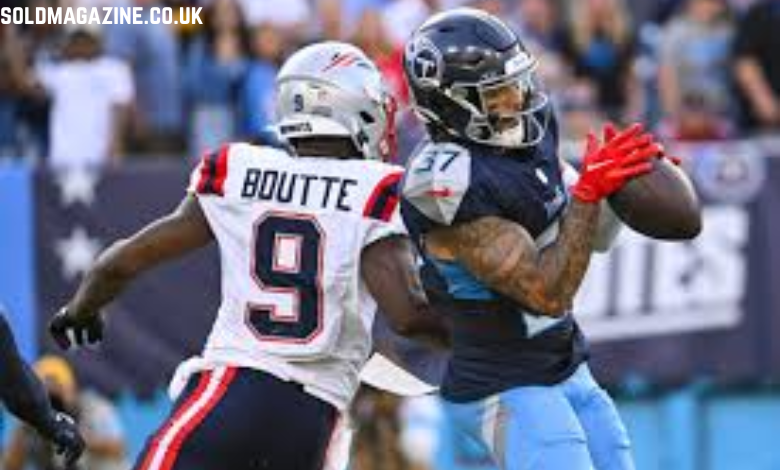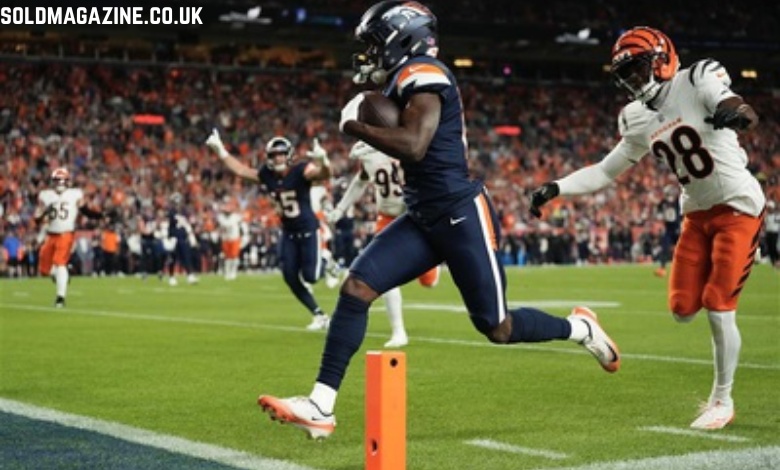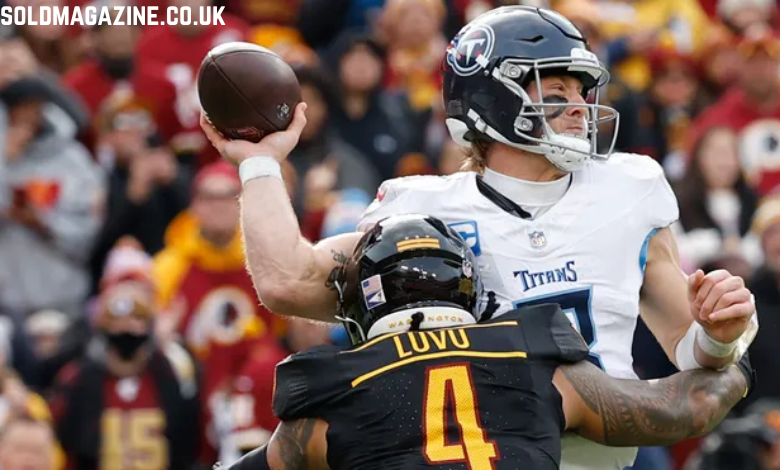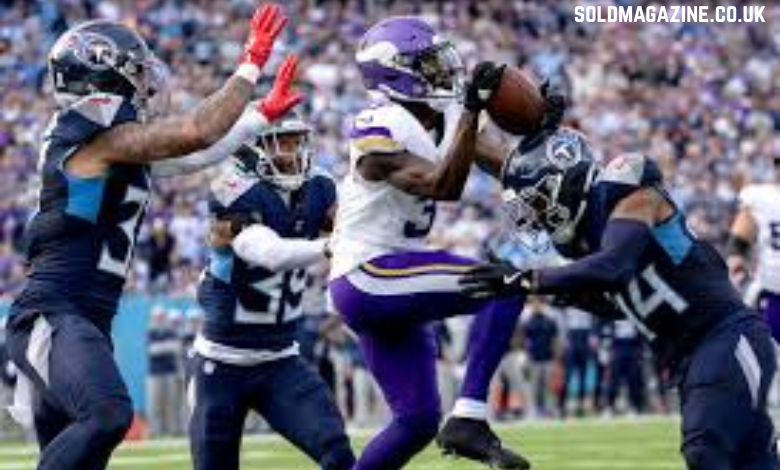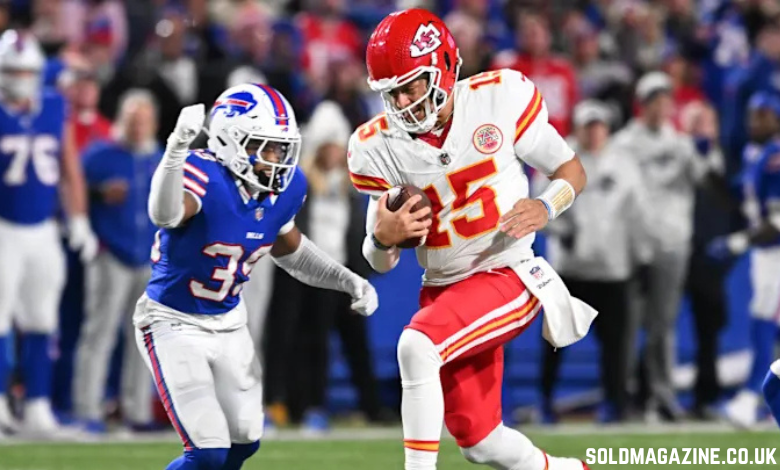New England Patriots vs. Tennessee Titans: A Breakdown of Player Stats
In an intriguing matchup, the New England Patriots faced the Tennessee Titans with both teams looking to improve their standings. The final score saw the Titans emerging victorious, 20-17, in an overtime thriller. In this analysis, we’ll break down the key player statistics that shaped the game. We’ll also look at how each team performed across different facets of the game, from passing and rushing to defense and penalties.
Offensive Performance
New England Patriots Offense
The Patriots, struggling at 2-7 for the season with a 1-4 away record, fought hard but were unable to clinch the win. Their offense was marked by a lack of consistency, reflected in their total of 295 yards. New England had 65 total plays, averaging 4.5 yards per play, which is relatively underwhelming considering their offensive talent.
- Passing: Quarterback play was one of the most significant factors in the Patriots’ offensive struggles. They passed for a total of 185 yards on 29 completions out of 41 attempts. The yards per pass came in at a modest 4.1, and the team was stifled by the Titans’ defense. Despite passing 41 times, the Patriots were unable to establish much rhythm through the air. The Patriots also threw two interceptions, further hindering their offensive efforts.
- Rushing: The Patriots’ running game was one of the brighter spots on offense. Rushing for 110 yards on 20 attempts, the Patriots averaged 5.5 yards per rush. This efficiency on the ground allowed New England to remain competitive, though it wasn’t enough to compensate for the inconsistencies in the passing game. The run game also helped them sustain drives and control possession for 29:09 minutes.
- Red Zone: New England was perfect in their red-zone opportunities, converting both attempts into touchdowns. This efficiency in critical situations allowed them to stay in the game, but they couldn’t capitalize on enough chances to take the lead.
- Sacks and Pressure: Despite having a relatively good rushing attack, the Patriots struggled with pass protection. They gave up four sacks, resulting in 21 lost yards. The Titans’ defensive pressure disrupted the timing of the passing game, which was a significant factor in the loss.
Tennessee Titans Offense
The Titans came into the game with a 2-6 record and a 1-3 home record. They managed to move the ball effectively throughout the game, totaling 400 yards of offense. This included a more balanced attack in both the passing and rushing departments.
- Passing: Quarterback Ryan Tannehill led the Titans’ aerial attack with 233 passing yards on 20 completions from 33 attempts. His yards per pass came out to a solid 6.9, and the Titans were able to consistently stretch the field. Tannehill’s efficiency allowed the offense to convert 13 passing first downs, outpacing the Patriots’ 10. However, Tannehill threw one interception, which put a brief damper on his otherwise strong performance.
- Rushing: The Titans had a robust rushing attack, amassing 167 yards on 39 carries. Derrick Henry was once again the focal point of the Titans’ ground game, averaging 4.3 yards per carry. This effort helped sustain drives and eat up valuable clock time, allowing Tennessee to control the game’s tempo. The Titans’ running game was crucial in setting up their short-yardage opportunities and keeping the Patriots’ defense on their heels.
- Red Zone: While they managed to reach the red zone five times, the Titans only converted two of those trips into touchdowns. This inability to capitalize on red-zone opportunities could have cost them the game had the Patriots been more efficient in their own red-zone drives.
- Sacks and Pressure: Unlike the Patriots, the Titans’ offensive line allowed just one sack, resulting in a loss of seven yards. Tannehill had decent protection for the most part, which allowed him to spread the ball around and keep the chains moving.
Defensive Performance
New England Patriots Defense
The Patriots’ defense was relatively solid despite the loss. They allowed 400 yards of total offense but made crucial stops when necessary, particularly in the red zone. However, the lack of turnovers and inability to generate significant pressure on Tannehill ultimately hurt their chances.
- Pass Rush and Pressure: New England’s defense registered one sack, which wasn’t enough to disrupt Tannehill’s rhythm. They were unable to create the kind of pressure that has been a hallmark of their defense in past seasons. Tannehill had a clean pocket for most of the game, which allowed him to effectively operate the offense.
- Turnovers: The Patriots did not force any turnovers, which was a missed opportunity. They also lost the turnover battle, with three turnovers to the Titans’ one. The Patriots threw two interceptions and lost a fumble. In a close game, turnovers can often determine the outcome, and this was a major factor in their defeat.
- Red Zone Defense: The Patriots’ defense performed decently in the red zone, allowing two touchdowns on five attempts. Although they didn’t stop Tennessee completely, their ability to hold the Titans to field goal attempts on some drives showed resiliency, but it wasn’t enough to secure the win.
Tennessee Titans Defense
The Titans’ defense was the difference-maker in this game, stifling the Patriots’ offense just enough to help secure the win. Despite allowing 295 total yards and 20 first downs, the defense stepped up in key moments.
- Pass Rush and Pressure: The Titans’ defense put significant pressure on Patriots’ quarterback Mac Jones, who struggled to get comfortable in the pocket. With four sacks and a few more quarterback hits, the Titans were able to disrupt New England’s passing game. This pressure led to a less efficient passing game for Jones, who threw two interceptions and could never find a rhythm in the air.
- Turnovers: The Titans were able to capitalize on the Patriots’ turnovers. The lone interception thrown by Tannehill was costly, but the Titans’ defense did well to recover and keep the Patriots from fully capitalizing. The Patriots’ three turnovers were a significant edge for the Titans’ defense.
- Red Zone Defense: The Titans’ red-zone defense was an area of concern but did not ultimately cost them the game. They allowed the Patriots to score touchdowns on both red-zone trips, which means there’s room for improvement in tightening up their defense when the opposition gets inside the 20-yard line.
Special Teams
In a close game like this, special teams play often becomes an underrated factor. Both teams had relatively standard performances on special teams, with no major breakdowns or standout plays.
- Kicking: Both teams went 2-for-2 on field goal attempts, and there were no missed extra points. Special teams did not have a huge impact on the overall score, but the ability to convert field goals in a close game helped the Titans maintain the lead and ultimately secure the win.
- Punt and Kick Returns: Neither team had a standout performance in the return game. Field position wasn’t greatly affected by returns, and both teams primarily focused on their offensive and defensive schemes.
Penalties and Discipline
- New England Patriots: The Patriots committed eight penalties for 58 yards, which isn’t an overwhelming amount but was enough to cost them in key situations. Some of these penalties occurred at crucial moments, stalling potential drives and giving the Titans favorable field position.
- Tennessee Titans: The Titans were slightly more penalized, with 10 penalties for 67 yards. However, their ability to overcome these penalties was crucial to their success. They were able to maintain offensive momentum despite the additional yardage losses, while the Patriots weren’t as fortunate in that regard.
Conclusion
The New England Patriots and Tennessee Titans fought hard in a close, competitive game. In the end, the Titans’ offense, led by Ryan Tannehill and Derrick Henry, proved to be just enough to outpace the Patriots. Despite New England’s efforts to control the game on the ground and make timely stops on defense, their inability to capitalize on turnovers and consistently move the ball in the air was a major hindrance.
The Titans’ defense was also a key factor, with their ability to pressure Patriots’ quarterback Mac Jones and force turnovers proving critical. Tennessee’s success in controlling the clock with a strong rushing game also helped them secure the victory. For the Patriots, it was a missed opportunity to get back on track after a tough season, as they were unable to overcome their offensive struggles and inconsistency.
Both teams will need to review their performances, focusing on improving key areas such as turnover management, red-zone efficiency, and pass protection, as they move forward in the season.
